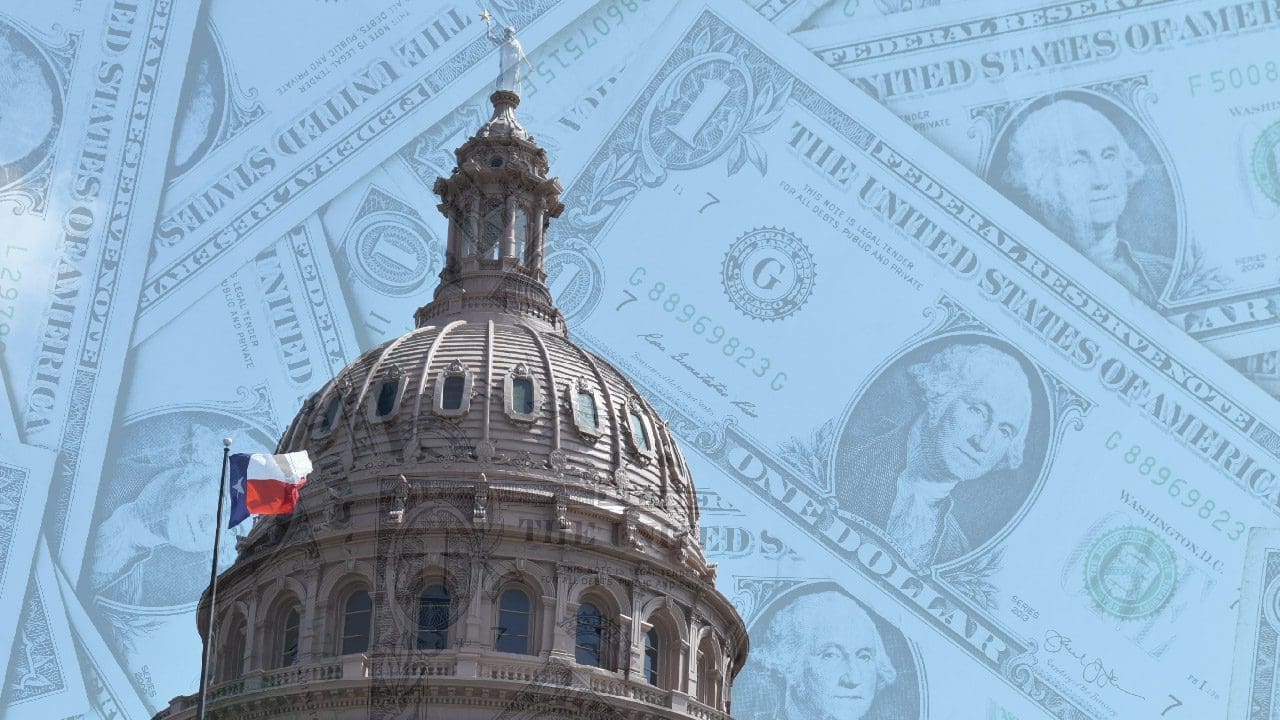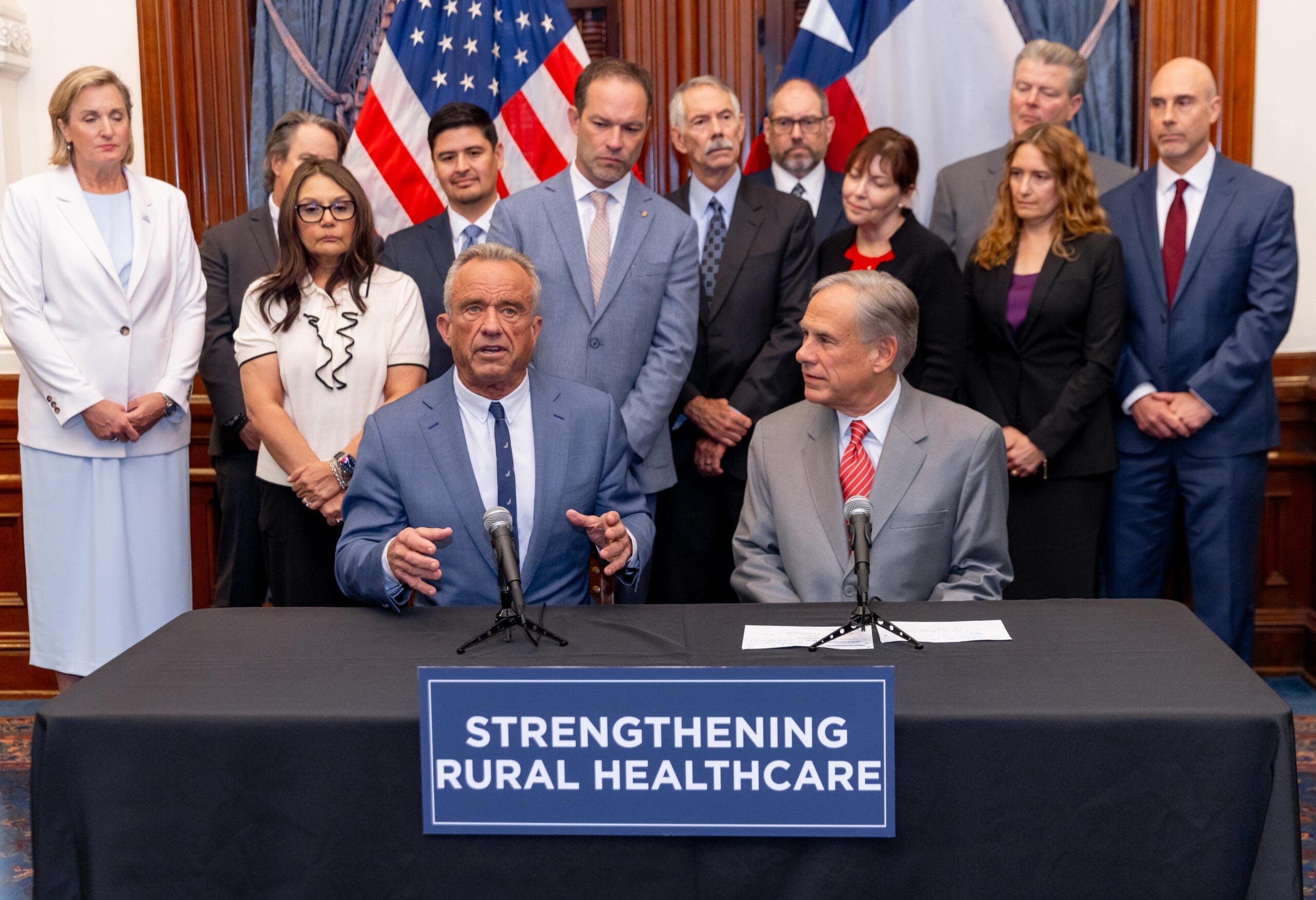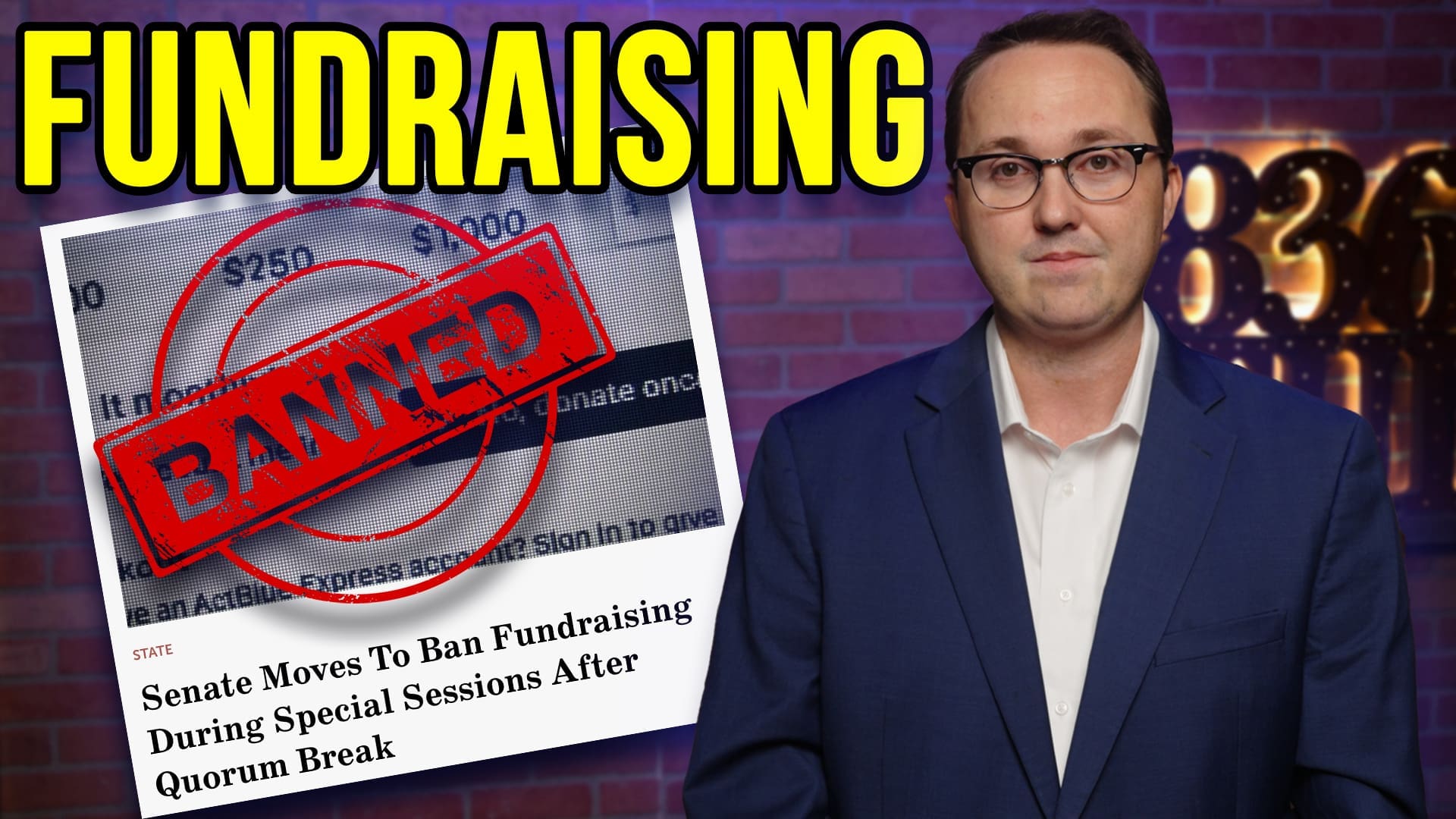Did you hear the one about the latest report on government efficiency? It seems the thing that government is most efficient at is spending our money.
For instance, every two years, the Texas comptroller tells the Texas Legislature how much money is available for spending. And then, five months later, legislators pass a budget that spends almost all the available money.
In the most recent budget cycle, the comptroller in January 2019 projected the Legislature would “have approximately $119.1 billion in revenue available for general-purpose spending,” then later added another $518 million. In May, the Legislature appropriated $118.86 billion, or 99.4 percent, of the available revenue.
While we can count ourselves blessed that the Texas Legislature does not follow the lead of the federal government and spend more money than it has in the bank, we have to say nonetheless that leaving only 0.6 percent of available revenue unspent is indeed efficient spending.
It is important to remember that this efficient spending in Texas has taken place exclusively under Republican leadership over the last 17 years. During that time, biennial spending has increased 109 percent, from $124.1 billion to $248.3 billion. Population growth plus inflation in that same period was approximately 82 percent.
How have we done lately?
Well, the current leadership team of Gov. Greg Abbott and Lt. Gov. Dan Patrick took office in 2015. They, along with two speakers of the Texas House of Representatives, have presided over state spending that has increased by an average of 3.4 percent each year during their tenure.
That may not seem like rapid growth, but it adds up to a lot of money very quickly. Biennial spending has grown $50.6 billion since Abbott and Patrick took office.
Texas’ spending growth has also outpaced estimated annual increases in GDP (2.8 percent), inflation (1.4 percent), population (1.5 percent), and inflation and population growth combined.
Of perhaps even greater concern was the explosion of spending that took place in the Texas Legislature’s 2019 regular session, out of a belief that Republicans had to spend their way to victory in the elections that took place last week.
During the session, the Texas Legislature appropriated a total of $258.2 billion, a 24.4 percent increase (or 11.5 percent annually) over what it appropriated in 2017. From a different perspective, the $248.3 billion the Legislature appropriated for the 2020-21 biennium was an increase of $31.7 billion, or 23.9 percent, over the 2018-19 biennial spending appropriated in 2017.
Any way you measure it, spending was out of control in 2019. Well, unless the government is doing the measuring.
Texas’ Legislative Budget Board (LBB) reported spending growth this biennium at—take your pick—3.6 percent, 2.7 percent, or 1.5 percent. Any of which is a long way from 24 percent. The numbers are accurate as far as they go but nonetheless significantly distort reality.
The primary way this distortion happens is related to “backfilling” the budget. First, last year the Legislature backfilled the 2018-19 budget by almost $10 billion to increase the baseline from which the LBB measures growth. Then, the LBB ignored the backfilling that will take place when the Legislature comes back in session in a couple of months. In other words, the LBB is comparing apples to oranges.
In some scenarios, the LBB achieved these low growth rates by leaving out Hurricane Harvey- and education-related spending. Much of the increased education spending, for example, is counted as “property tax relief” and thus not counted as spending growth, which might make sense if the spending actually provided relief. But the overall property tax burden increased more than 8 percent in 2019. I doubt many property owners felt relieved of their tax burden.
Politicians and bureaucrats can try all they want to convince us that they are being fiscally responsible. But the truth is that government and government spending keep on growing—and it has done so for the last 17 years under Texas Republicans.
Ask most Texas conservatives whether they think government is already too big, and the answer will come back a resounding, “Yes!” Yet ask most Texas Republican elected officials if they are willing to cut government spending, and the answer will come back hidden in jargon like “maintaining infrastructure,” “population growth plus inflation,” and “meeting the needs of Texans.”
There is only one path to liberty in Texas, and that is through smaller government that interferes less in our lives. And the only way to bring that about is through less government spending. We will have to wait and see if the 87th Texas Legislature, likely facing a significant government shutdown-related revenue shortfall, will be willing to do this in 2021.
This is a commentary republished with the author’s permission. If you wish to submit a commentary to Texas Scorecard, please submit your article to submission@texasscorecard.com.





